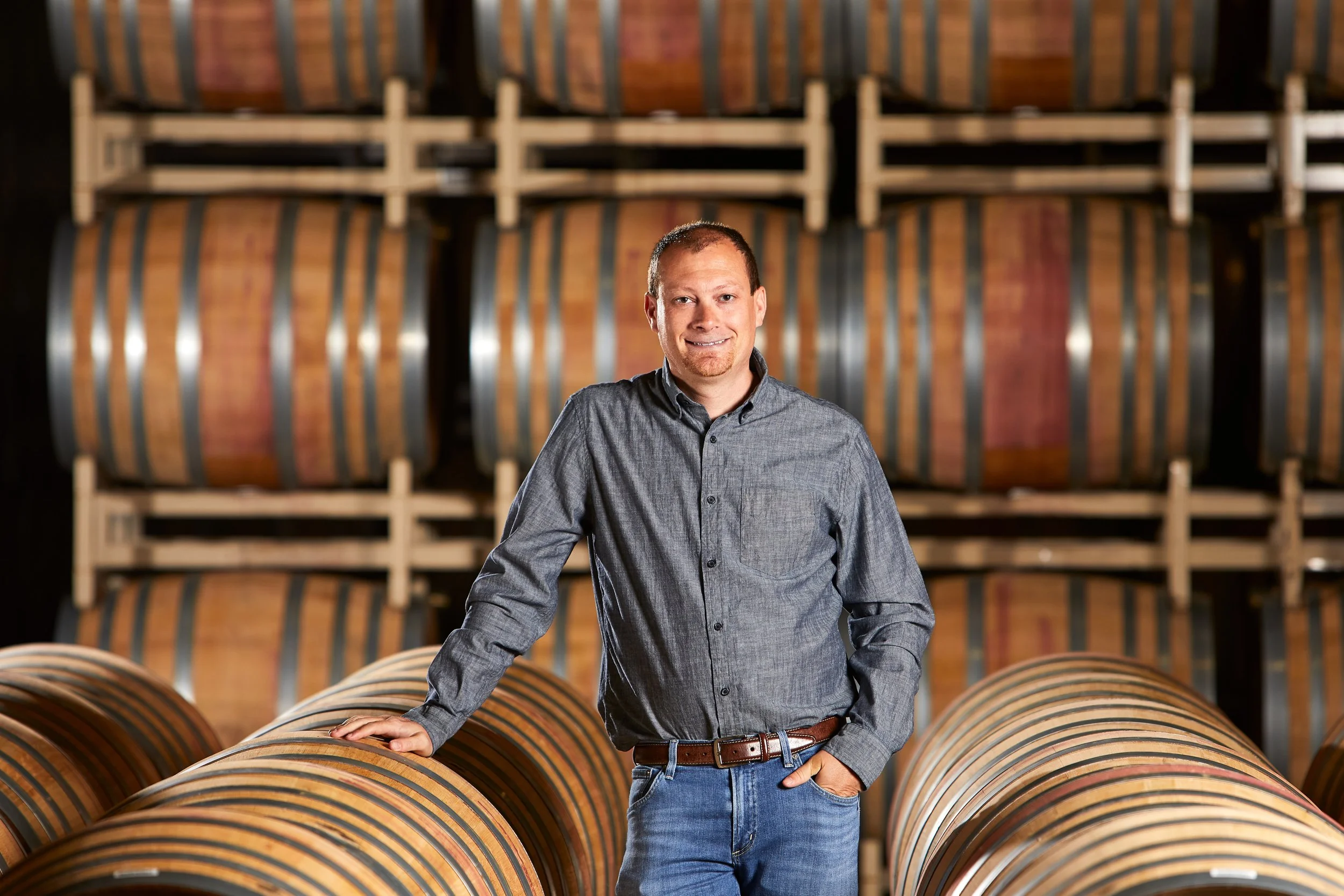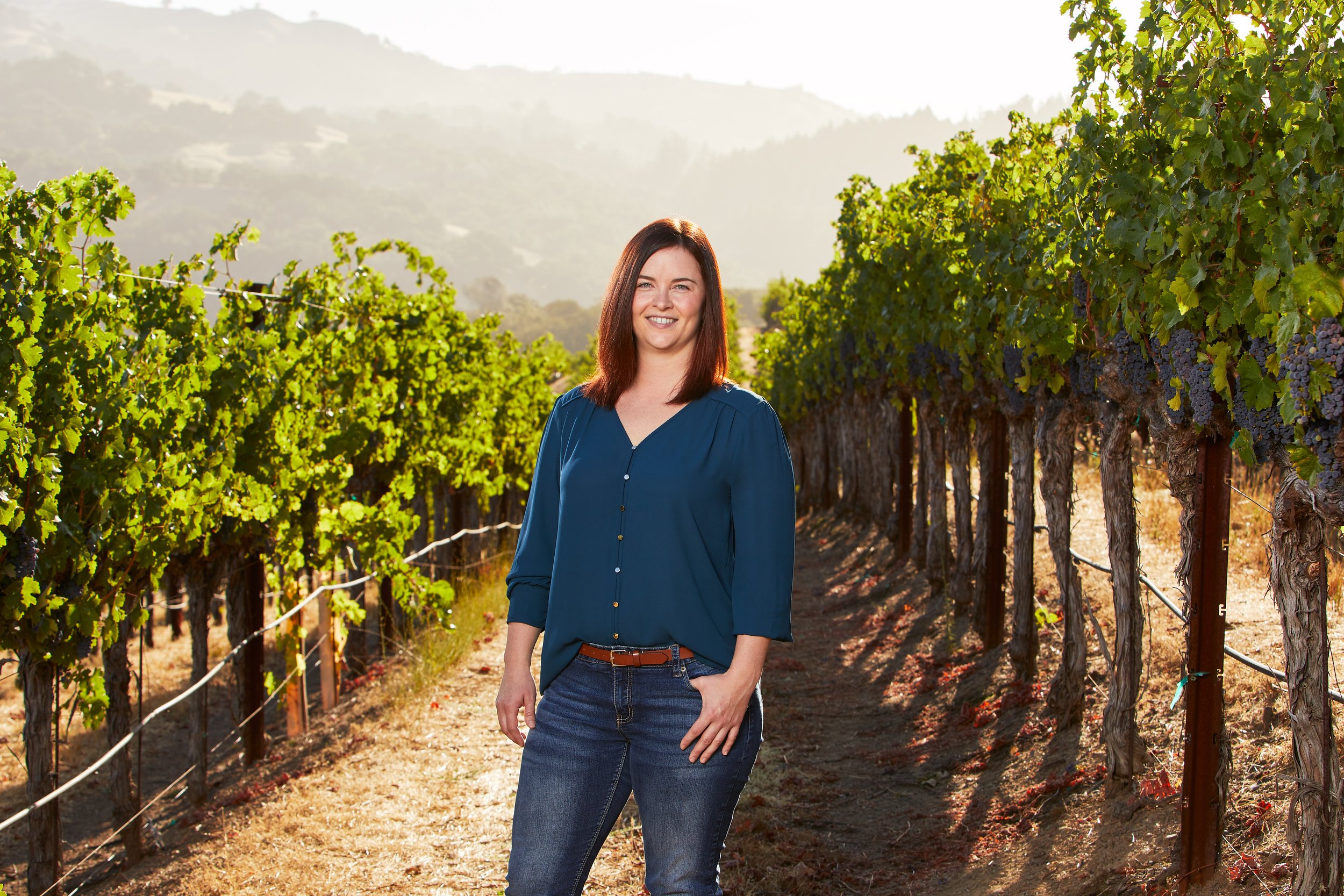The A.I. advantage: Why wineries are tapping into smart tech
Companies that use AI technologies to enhance their business are now the norm. In fact, anyone who hasn’t incorporated any kind of A.I. into their work, especially in farming, is missing out on extreme efficiencies that would save exponential amounts of money and time.
But, when we think of grape growing and winemaking, A.I. devices may not be the first thing that comes to mind, if at all. However, A.I. in winemaking is much further along than one might think.
A.I. in vineyard management
A.I. driven vineyard management is expanding at an astonishing speed. From weather stations to soil sensors, A.I. is being used to ensure consistency and quality in grape growing, delivering a more reliable final product.
Not all techniques are just being used to save costs and eliminate human errors either. Electric tractors, for example, are being used as a sustainability practice. Wente, one of the first vineyards to employ an electric tractor, can list a multitude of uses for this kind of artificial intelligence.
“Our electric tractor reduces carbon emissions, energy, fuel consumption, and labour,” says Wente Brand Ambassador Genevieve Boisvert. “To self-drive, the tractor also takes hundreds of thousands of pictures of the vineyard. The viticulturist team has direct access to the vineyard through these pictures without actually being in the vineyard. Anything that needs to be addressed can be addressed right away.”
Ever heard of a roaming vineyard camera that tests brix levels? This can be a time-saving, winemaker’s dream for some as an alternative to walking through the vineyard and lab testing grapes every day.
A.I. in winemaking
A.I. even goes beyond the vineyard and continues once the harvested grapes come into the winery. You may be familiar with A.I. sorting technologies that use visual cues to sort out the optimal grapes for winemaking, but recent projects move far beyond that.
Today, there are winemaker apps, such as TankNet, that allow temperature control of tanks, meaning the winemakers rarely have to be on premise to constantly check on the state of their wines. This allows winemakers to receive temperature alerts, control the tank temps and pump-overs all from their phones, or set specific temperatures to control fermentation and cooling processes. This gives a whole other meaning to “hands-off” winemaking.
Rodney Strong is a winery leading the charge in wine tech. “We invented app-based technology and A.I. based technology to run our refrigeration systems more efficiently so we can conserve better”, says senior VP of winemaking and winegrowing, Justin Seidenfeld. “We invented a state-of-the-art irrigation system that takes technology and sensors and weather stations that work as a cohesive unit to cut our water usage by 50 percent.” Seidenfeld also happens to be a scientist, and is pioneering this technology.
“A.I. and technology in winemaking is all about precision. It’s controlling time and temperature in a macro-perspective.”
Rodney Strong winemaker Olivia Wright goes into further detail: “We have automated double-poly irrigation in our estate vineyards, so we can water single vines when they need it instead of irrigating an entire block. This is based off single soil moisture probes and evapotranspiration data.”
“A.I. and technology in winemaking is all about precision. It’s controlling time and temperature in a macro-perspective. So, using technology helps your team to have more knowledge over their craft,” explains Seidenfeld. “If you think about making wine, winemakers jobs are to control how fast (the process) happens to the best of your ability. When it comes to A.I. in the cellar, we developed a sensor that allows us to monitor the sugar concentration in real time. Most wineries pull a brix number once a day and make pump-over decisions based on that number. We pull numbers every 15 seconds, so we can see that changing and modify the program in the moment to do extended pump-overs or an extra pump-over.”
One would wonder if constant data would make things overwhelming for a winemaker and create a need for extreme diligence instead of simplifying the process. “It can feel like information overload at times,” admits Wright. “You can have endless uploads of fermentation data points. I’ve toned down alerts to once an hour because reasonably that’s how often I would be making decisions. But overall, it makes my life easier, and we can make higher-quality wines more consistently.”
When asked about what we can expect in the future from this cutting-edge winery, Seidenfeld says, “We are working on monitoring oxygen levels because we are still guessing what levels of oxygen the yeasts are consuming. This tech is years out, but we are testing it on two tanks and learning how to use this data over the next few years.”
A.I. vs. ethics
So, is A.I. in winemaking ethical? Not all wineries or farms want to work with these technologies, keeping them at bay from their natural farming philosophies. Some wineries take great pride in the human interaction that comes with a more natural winemaking style.
Bertani, in Verona, Italy, for example, is an old-world winery that has built its continued success around human instinct, with their winemakers physically visiting drying grapes every single day until they feel they’re ready to be pressed, with zero temperature controls being used. This type of hands-on human expertise has led to world-renowned wines for Bertani since 1857.
Furthermore, does A.I. interfere with organics? Sure, these wines can still be made with organic grapes, but what about the authenticity of winemaking? Is it really organic if decisions are being made with A.I.? If these technologies are being controlled by winemakers anyway, does it even matter?
Seidenfeld points out, “What the A.I. is doing is following a program that we as winemakers created, so it’s our artistic vision that is being executed at a level of precision that was never possible before. It’s no longer a hope, a wish and a prayer that we are going to hit our artistic vision – we are making it a reality.”



